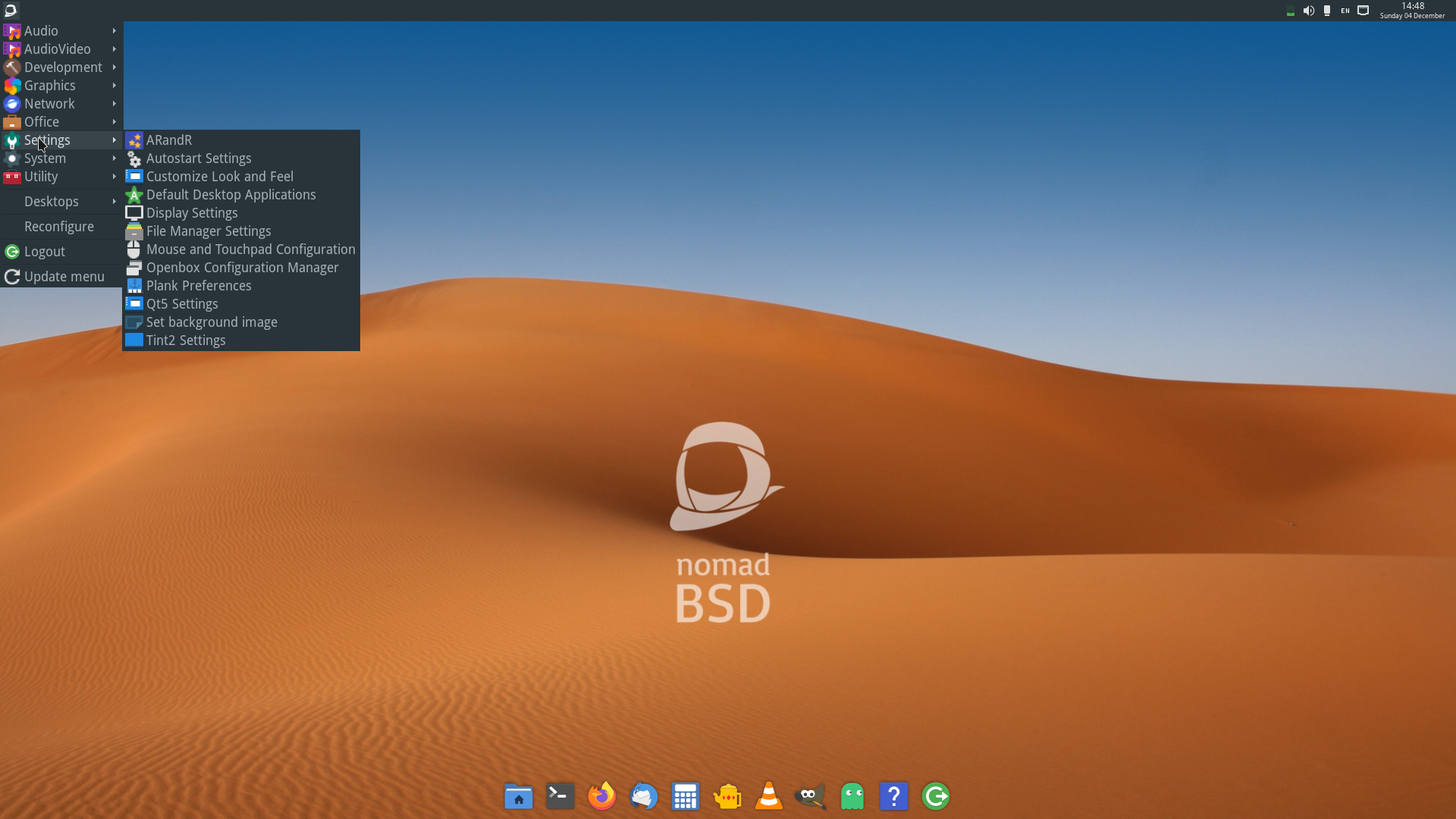NomadBSD is a versatile and reliable persistent live system, meticulously crafted for seamless operation on portable flash drives. Based on the robust FreeBSD foundation, it provides a secure and efficient computing environment that can accompany you wherever you go.
Table of Contents
NomadBSD offers a customizable computing experience, making it an ideal choice for individuals who require both their operating system and data on the move. This project is deeply rooted in the FreeBSD operating system, enhanced with additional stability and performance enhancements.
Experience the power and flexibility of FreeBSD on your portable drive today. Visit the NomadBSD website to download the latest image.
To fully harness the potential of NomadBSD, ensure your hardware meets these prerequisites:
- A flash drive with a minimum of 5GB of storage.
- A system equipped with an AMD64 or I386 architecture, boasting at least a 1.2GHz CPU and 1GB of RAM (or 2GB when utilizing ZFS).
If you're interested in creating your personalized NomadBSD image, follow these steps:
To build a NomadBSD image, you'll need:
- A recent FreeBSD system with approximately 30GB of available disk space.
- The major version of your FreeBSD system should be equal to or greater than the base system's major version of the image you intend to build.
- A recent ports tree.
- Ensure the following packages are installed:
x11-fonts/mkfontscaleandtextproc/markdown.
Recursively clone the NomadBSD repository with the following command:
git clone --recursive https://github.com/nomadbsd/NomadBSD.gitBefore proceeding, make sure your NomadBSD repository copy is owned by the root user. If not, run the following command as root:
git config --global --add safe.directory /full/path/to/NomadBSDThis step is critical for generating the image name correctly.
To initiate the image building process, run the following command. By default, it builds a 64-bit (amd64) image. To create a 32-bit (i386) image or a Mac image, set ARCH=i386 or ARCH=mac accordingly in build.cfg. You can also define ARCH via the -a option. NomadBSD can be built with UFS (default) or ZFS as the file system. Define the file system via FILESYSTEM in build.cfg or the -f option.
./build allIn case of build errors, you can resume the process after identifying and rectifying the issue that caused the build to halt:
./build resumeTo write the NomadBSD image to a USB memory stick, utilize the following command:
dd if=nomadbsd.img of=/dev/da0 bs=1M conv=sync